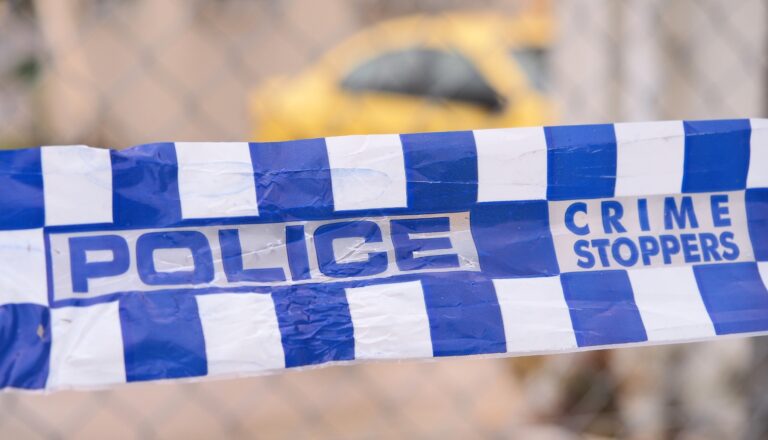
Policing the police
The police officer held a Taser at the man and fired. The man burst into flames. This fine example of Australian policing was broadcast around the world in July.
The incident – with the victim still in hospital – confirmed the views held by a group of Sydney lawyers and activists that the police within Australia are not sufficiently held to account. More is needed to highlight police misbehaviour. In the Tasering incident above, an investigation has yet to report on whether the police officer acted properly.
The new group, Sydney Copwatch, takes its inspiration from groups with the same name around the world who have recorded hundreds of incidents of police wrongdoing. From racial harassment, the bullying of young people and unlawful searches to flagrant corruption, various Copwatch groups have revealed matters that would not otherwise have attracted publicity. Copwatch in Australia now has branches in Sydney, Melbourne and Brisbane.
Sydney Copwatch builds on a coalition of groups in Sydney who have in the past collected evidence of misbehaviour by police officers at political demonstrations. They have focused on police officers refusing to wear identification and the use of excessive violence. The introduction of the 50,000-volt Tasers has prompted the volunteers to focus on other abuses. Copwatch regards Tasers as inherently abusive.
Rather than being the “less-than-lethal” option of the public relations gurus, Tasers have been linked to hundreds of deaths. Serious surgery has sometimes been required to remove the barbs when they have been shot directly into the skin. Broken bones result from people falling zombie-like onto hard surfaces as their legs collapse under them. Videos of Tasers being abused is a favourite search item on You Tube. Tasers in police hands quickly move from being used on the pretext of being used for self-defence to targeting people who simply refuse orders or stand around too much.
As a result of a long campaign by Police Associations around Australia, state governments have introduced Tasers to riot police and are now giving them to the newest of recruits. The central argument of the Police Associations is flawed. “Only give us Tasers,” they say, “and we will be able to Taser people instead of shooting them with guns.” The reality, however, is that the number of shootings remain about the same, while the number of Taserings escalate.
Recent industrial action by the police shows how powerful the Police Association is when it comes to dictating its will. Backed into a corner by its “law and order” agenda, state governments have difficulty criticising the police without seemingly undermining their own campaign promises. This gives the police – as a self-interested group of employees – the upper hand to get their own way. On July 30, police refused to issue minor traffic fines as part of industrial action over their own pay costing the government $2millions a week. NSW Premier Rees offered little public criticism. Just imagine the outcry if building workers had cost the government millions through industrial action.
On July 22, over 20 police occupied the office of NSW Premier Nathan Rees to “deliver a letter” over pay and conditions. Any other group of employees doing that would have found themselves the subject of the Public Order and Riot Squad and a possible Tasering.
– BY DALE MILLS
Dale Mills is a Sydney-based lawyer and edits the website www.sydneycopwatch.org









